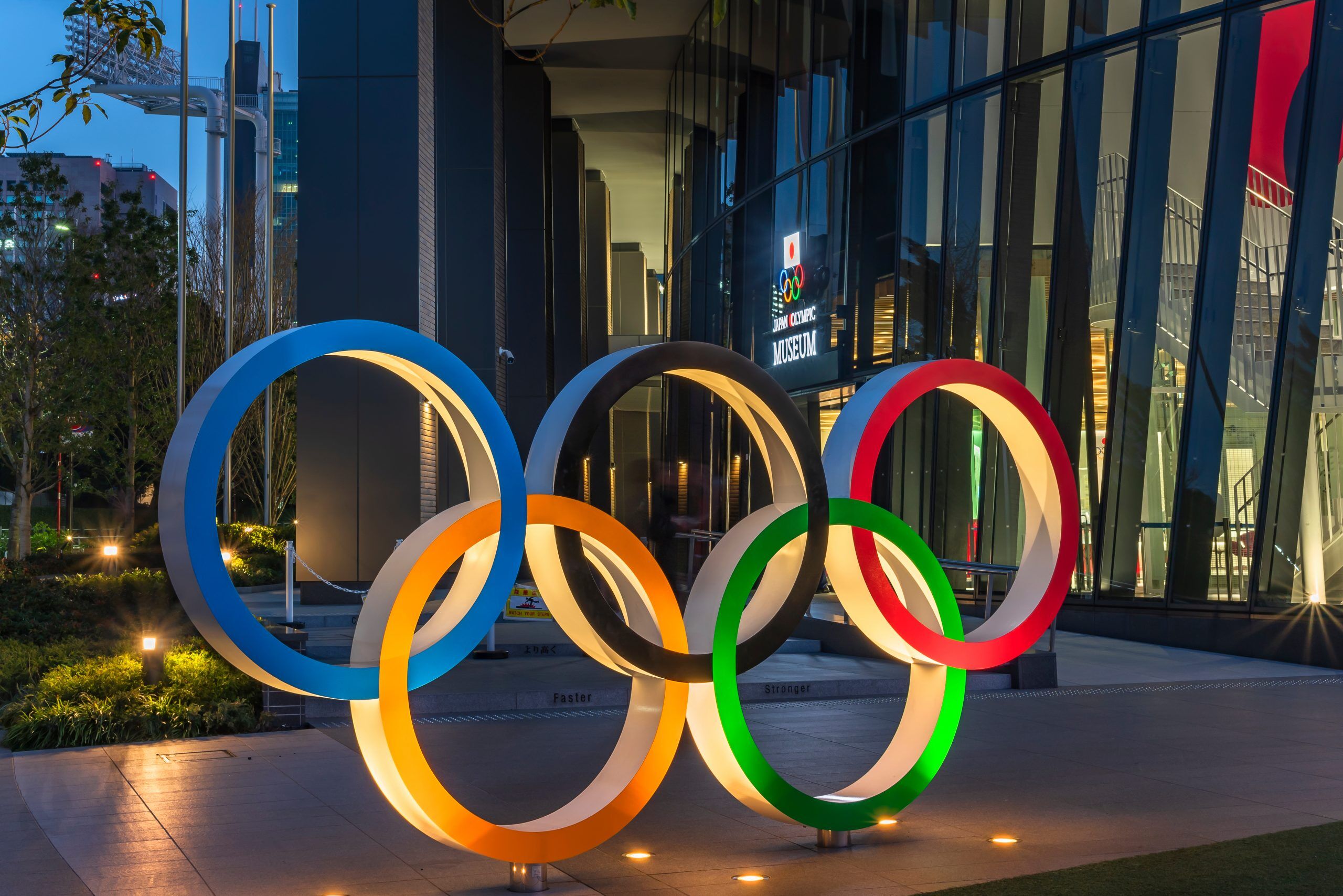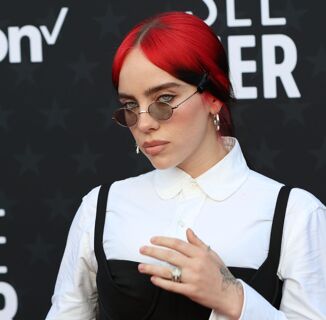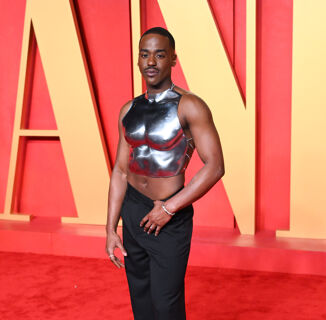Finally, some positive news to coincide with Transgender Awareness Week!
In a long-overdue reversal of a position they should never have had, the International Olympic Committee (IOC) is removing blankets conditions from their guidelines that seek to exclude trans and intersex athletes based on their sex assigned at birth, hormones. That doesn’t mean that all trans athletes are safe to participate in all Olympic activities — each Olympic sport has a different regulating body outside of the IOC, and each country has its own chapter of said regulating body — but it does make a standard that Olympic stakeholders can adopt or adapt towards in the years to come.
“This Framework recognizes both the need to ensure that everyone, irrespective of their gender identity or sex variations, can practice sport in a safe, harassment-free environment that recognizes and respects their needs and identities, and the interest of everyone – particularly athletes at elite level – to participate in fair competitions where no participant has an unfair and disproportionate advantage over the rest,” the IOC said in a statement released yesterday.
The Framework itself is a series of ten tenets of “criteria” for considering whether trans athletes could have “advantages” in competition. While the criteria is still based around the fact that most sports are structured based on a gender binary, the IOC states in the Framework, “The principles … are aimed at ensuring that competition in each of these categories is fair and safe, and that athletes are not excluded solely on the basis of their transgender identity or sex variations.”
Inclusion is the first tenet of criteria, starting plainly by saying, “Everyone, regardless of their gender identity and/or sex variations should be able to participate in sport safely and without prejudice.” Prevention of Harm and mental health is the next, and non-discrimination is the third.
The main substantial principle in the criteria is the “evidence-based approach” to evaluating athletes’ ability to compete. In short, there would have to be “consistent” proof of “disproportionate competitive advantage and/or unpreventable risk” that an athlete can outcompete others.
This means an athlete’s arbitrary hormone levels or muscle density wouldn’t be enough alone to exclude anyone, but it doesn’t make it impossible that those factors could come into play. The other tenets provide for an expectation of privacy for athletes and avenues of appeal or retribution for stakeholders affected by any policies. (Read the Framework yourself here.)
The IOC’s Medical and Scientific Director, Richard Budgett, said as much. “One of the things I think the framework does is move us on from just considering testosterone,” he said yesterday. “It’s perfectly clear now that performance is not proportional to your endogenous, in-built testosterone. What we’re really interested in is the outcome. What this does is change the process of getting that outcome of performance.”
The new IOC Framework makes clear that no athlete has an inherent advantage & moves away from eligibility criteria focused on testosterone levels, a practice that caused harmful & abusive practices such as invasive physical examinations & sex testing,
— The Chris Mosier (@TheChrisMosier) November 16, 2021
It was only the most recent Olympics, held this summer due to the pandemic, that trans athletes have begun to participate in the Games, and there were still barriers and inequitable standards that still kept some — cisgender, intersex, and transgender — from participating. Despite outrage from the usual anti-trans activists, the competitors themselves overwhelmingly did not have an issue playing with or against trans or intersex athletes.
While the guidelines aren’t perfect, they set straight that what we saw a few months ago should be the bottom line for trans inclusion in the Olympics, not a fluke or one-time happenstance. While trans athletes such as Laurel Hubbard, Alana Smith, and Quinn participated without issue at the Games in Tokyo (with Quinn bringing home a gold medal), athletes with naturally-occurring high hormone levels were excluded from track sports, including Caster Semenya and Francine Niyonsaba, and that cast a negative shadow over the otherwise-inclusive Olympics.
As non-binary author and sports writer Britni de la Cretaz told me in August, “There’s just like really a lot of issues with the Olympics and the way that they’re run.”
And again, each sport is governed independently of the Olympics’ guidelines, which are not binding on those institutions — many of whom run their sports for the convening years outside of Olympic competitions, and again have separate chapters for every country or region.
Still, these changes will mean that the Olympics’ guidelines won’t be an excuse to exclude athletes anymore. That’s a long overdue necessity to having true trans inclusion and equality in sports around the world.
“This is a victory for all athletes and fans, who know the power and potential of sports to bring people together and make us all stronger,” Alex Schmider, the Associate Director of Trans Media for GLAAD, said in a statement. “Sports are for everyone, and fairness in sports means inclusion, belonging and safety for all who want to participate, including transgender, intersex, and nonbinary athletes.”
Quinn, the Olympic gold medallist themself, said in a statement with Athlete Ally, “This new IOC framework is groundbreaking in the way that it reflects what we know to be true — that athletes like me and my peers participate in sports without any inherent advantage, and that our humanity deserves to be respected.”
The IOC says testosterone levels should no longer be used to determine trans or intersex athletes' eligibility to compete.
Athletes were previously subjected to sex testing and "invasive physical examinations," which the IOC called "disrespectful" and "potentially harmful." pic.twitter.com/s0Ps7u9ciU
— AJ+ (@ajplus) November 17, 2021
Great to see @IOCMedia's new framework emphasize trans inclusion and nondiscrimination at the highest level of athletics. ALL young trans athletes deserve the chance to pursue their talents and dreams. #InclusionMatters https://t.co/qzEt8Hvonn
— Amit Paley (@amitpaley) November 16, 2021
5⃣ It is now up to sports governing bodies to decide how trans and intersex athletes can compete.
"I think we can clearly say we have not found the solution to this big question," IOC communications director @ChKlaue said. "This is a topic which will be with us for a long time." pic.twitter.com/D3MrffL7Ar
— Openly 🏳️🌈 (@Openly) November 16, 2021
Help make sure LGBTQ+ stories are being told...
We can't rely on mainstream media to tell our stories. That's why we don't lock our articles behind a paywall. Will you support our mission with a contribution today?
Cancel anytime · Proudly LGBTQ+ owned and operated
Read More in Entertainment
The Latest on INTO
Subscribe to get a twice-weekly dose of queer news, updates, and insights from the INTO team.
in Your Inbox














